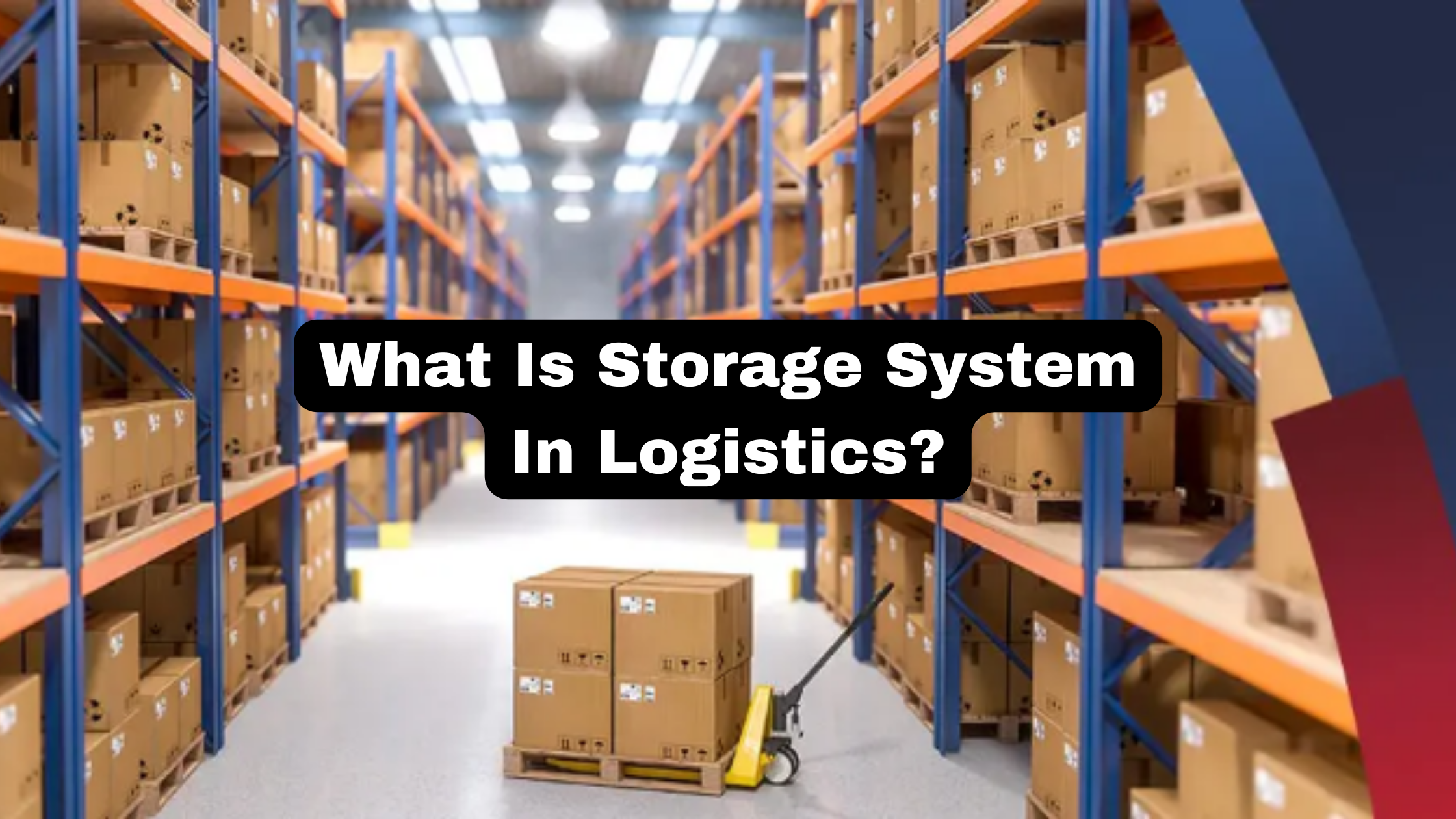Highly toxic chemicals such as nuclear waste may sound like hazardous materials (Hazmat). But, hazmat includes pretty ordinary items like dry shampoo, batteries, paint, e-cigarettes, etc. Thus, shipping them comes with some challenges. What are these challenges and how much does it cost to ship hazmat? Continue reading to learn everything you need to know about shipping hazmat.
Why do these everyday items come in the hazmat category?
Apart from biomedical waste, oxidizers, and radioactive materials, ordinary items like e-cigarettes, batteries, hair sprays, nail colors, perfumes, and paints are also considered dangerous because they can cause injuries when dropped, spilled, broken or when they come in contact with another substance. These incidents can occur in places where they are stored or during transportation in a plane, ship, or truck.
9 classes of HAZMAT
- Explosives: These are items that are likely to explode under certain conditions, such as airbag inflators, gunpowder, ammunition, etc.
- Gases: These are items with flammable, non-flammable, corrosive, and poisonous gases. These gases can hazardous when inhaled. Examples of such products include spray paint, cosmetics sprays, house and bathroom cleaners, etc.
- Flammable liquids: These products are liquids that ignite when contacted with fire. Examples include lighter refills, nail polish, varnish, gasoline, etc.
- Flammable solids: These products are solids that ignite when contacted with fire. Examples include fish oil, sodium, coal, sulfur, potassium, etc.
- Oxidizers: These products include bleach, chlorine, nitrate fertilizers, etc. They can yield oxygen readily, causing combustion.
- Toxic and infectious substances: These are substances that can cause serious injury or death if swallowed or inhaled. Examples of such substances include biomedical waste such as used needles, nicotine, pesticides, blood samples, etc.
- Radioactive material: These materials give off oxidizing radiation instantly. Examples of such products include radioactive medicines, x-ray machines, isotopes, etc.
- Corrosive: These materials can cause irreversible alteration or destruction to our skin. Examples include hydrochloric acid, drain cleaner, sulfuric acid, paint, mercury thermometers, etc.
- Miscellaneous HAZMATs: These products do not encompass another dangerous cargo classification, but they are dangerous during transportation, such as first-aid kits, lithium-ion batteries, etc.
Requirements to ship HAZMAT
HAZMAT come under the category of regulation-heavy, complicated and expensive to transport items. They pose a danger not only to the surrounding people but also to the property and environment. Thereby, to ship them, there are various rules and regulations needed, such as:
- You must be trained and certified to ship these items.
- You must label them as HAZMAT with cover packaging and proper documentation.
These requirements are set by the US Department of Transportation. And, there are monetary fines if you don’t comply with these requirements. Besides, the authorities can also take legal action against you if you’re found to ignore these regulations willfully.
4 main carriers that ship HAZMAT
In the US, 4 main carriers ship HAZMAT both domestically and internationally. These carriers are:
- FedEx.
- USPS.
- UPS.
- DHL.
Each of them has specific rules and regulations for shipping such goods.
How much does it cost to ship HAZMAT?
When shipping, you pay a HAZMAT fee to cover handling with extra care. There are also different fees for shipping these items, depending on the weight of your shipment and the courier service you’re using.
- FedEx: For accessible dangerous goods, the company charges a special handling fee of $115 per package, whereas, $54.50 are charged per package for inaccessible goods. Moreover, $6.15 will be charged extra for the handling of dry ice.
- USPS: The company ships only specific HAZMAT (15 to 20 percent of all HAZMAT throughout the US). And, charge a fee of $12.5 for special handling (the price may vary).
- UPS: For transporting accessible dangerous goods domestically via air, they charge $93 per package and $146 per shipment internationally. For inaccessible goods, they charge a fee of $46.5 per package (domestic), and $72 per shipment (international).
- DHL: The company charges $130 per shipment for fully dangerous goods. And, an extra handling fee of $6.55 for dry ice. The prices, however, may vary if you are transporting to remote areas.
Third-Party Logistics Companies
There are also reliable third-party logistics companies that help online businesses with:
- Shipping orders.
- Store inventory.
- Pick and pack items.
So, if you’re an eCommerce business dealing with HAZMAT, you can partner with a logistic company that works with all of the four carriers mentioned earlier. Partnering with a logistic company makes it easier for you to manage your deliveries and inventory storage efficiently.
Final Thoughts
Shipping dangerous goods can be an expensive and complex process due to the rules and regulations involved. So, make sure you have the right documentation and understand the regulations before you attempt to ship them. To avoid complications, you can also partner with a third-party logistics company that can handle that for you.








